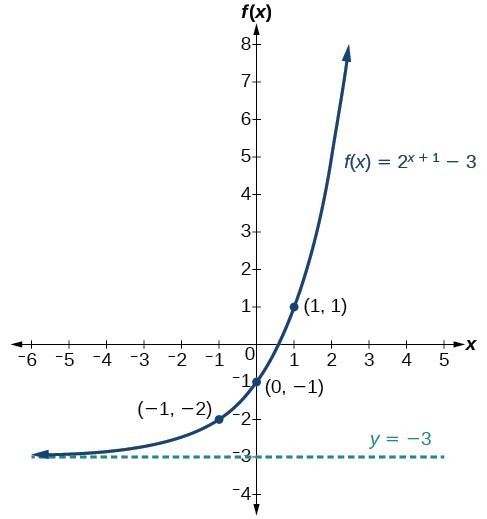
N(10 years) = $100 e (0.00995/years * 10 years)Įxponential decay is a decrease in a quantity that follows the mathematical relationship. To find the value of the account at ten years, t = 10. Knowing this, we can calculate the growth constant. The account’s value will be $101 after one year, due to the interest. Solution: The initial size of the account is $100, so A=100. What will the value of the account be after ten years? The account grows by 1% interest, compounded annually. Problem 2: A client deposits $100 in a savings account at the local bank. N(24 hours) = 10 e (0.173 /hours * 24 hours)Īmazingly, the original handful of bacteria will blossom into a colony of nearly a thousand in one day’s time.Then, the growth constant can be used to determine the population’s size one day later. Knowing that the population will be 20 four hours later, we can solve for the growth constant. Solution: Since the colony has an original population of 10, then A=10. If the colony originally has ten bacteria, how large will the colony be 24 hours later? Problem 1: A colony of bacteria doubles its population every 4 hours. Exponential Growth: Example ProblemsĮxponential growth can be found in a range of natural phenomena, from the growth of bacterial populations to the speed of computer processors. However, as the population grows, the growth rate increases rapidly. Initially, the small population (3 in the above graph) is growing at a relatively slow rate. The differential equation states that exponential change in a population is directly proportional to its size. The exponential behavior explored above is the solution to the differential equation below: The larger the value of k, the faster the growth will occur. The function’s initial value at t = 0 is A = 3. Where A and k are positive real-valued constants.īefore diving further into the mathematics, let’s look at a graph of exponential growth. The initial value is 5 and the rate of increase is e t Exponential Growth & DecayĮxponential growth is an increase in some quantity that follows the relationship The image above shows an exponential function N(t) with respect to time, t. Mathematically, exponential models have the form y = A( r) x, where A is the initial value, and r is the rate of increase (or decrease). Many real life data sets follow an exponential pattern, including population growth and decline, environmental concentrations (Ott, 1995) and-oddly-even the amount of revenue collected yearly by the IRS (Larson & Falvo, 2012, p. If the curve decreases, it’s called exponential decay If the curve increases, then it’s exponential growth.Īn exponential model showing exponential decay. t = the amount of time passed (60 years in example)Īn exponential model has a distinctive upward or downward curve that increases (or decreases) sharply and smoothly.A = the initial amount of the substance (grams in the example).

R = the remaining value of the substance.For example, in the case of radioactive decay, the formula would look like this: In these cases, the function will not be like above (f(x) = b x) but rather the formula must account for other factors. The points in our chart are then plotted on the x-axis and y-axis of our graph giving us the following:Įxponential functions can also be applied in real world contexts to determine things like population growth and radioactive decay. “Evaluate” means to plug the x-values into the equation and solve. Step Three: Evaluate the function for each value of x. Step One: Create a table for x and f(x) x In other words, insert the equation’s given values for variable x and then simplify.įor example, we will take our exponential function from above, f(x) = b x, and use it to find table values for f(x) = 3 x. The first step will always be to evaluate an exponential function. The base number in an exponential function will always be a positive number other than 1. The graph of negative x-values (shown in red) is almost flat.Įxponential functions are an example of continuous functions.


 0 kommentar(er)
0 kommentar(er)
